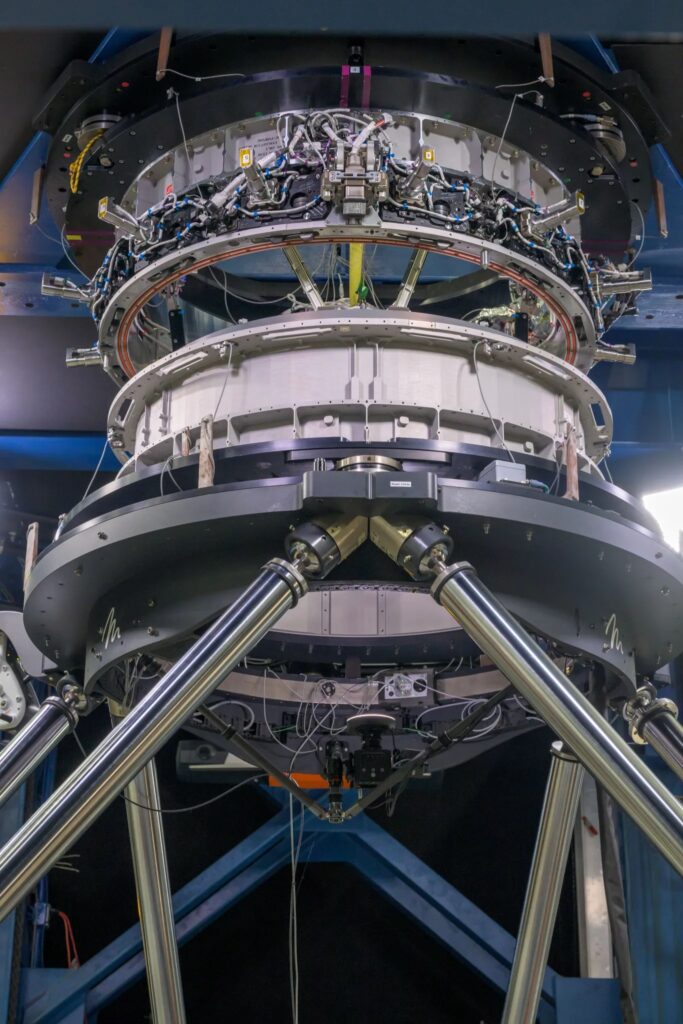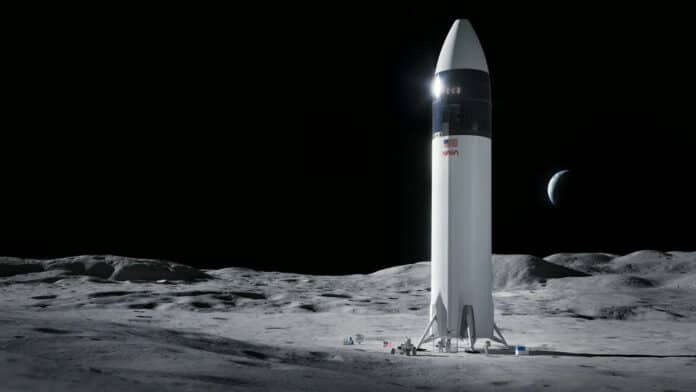NASA and SpaceX have recently performed full-scale qualification testing of the docking system that will connect SpaceX’s Starship Human Landing System (HLS) with Orion and later Gateway in lunar orbit during future crewed Artemis missions. The docking system will help astronauts move between different spacecraft during lunar landings as part of NASA’s Artemis campaign.
The Artemis III mission will see astronauts riding the Orion spacecraft from Earth to lunar orbit and then transfer to the Starship Human Landing System (HLS) to land on the moon’s surface. Once their activities on the surface are complete, they will return to Orion in lunar orbit via Starship.
For future missions, the astronauts will move from Orion to Starship through the Gateway lunar space station. The Starship docking system is based on SpaceX’s flight-proven Dragon 2 docking system, which has been used in missions to the International Space Station. The Starship docking system can be configured to connect the lander to Orion or Gateway.
The recent docking system tests for Starship HLS were conducted at NASA‘s Johnson Space Center. The tests were carried out for over 10 days and covered more than 200 docking scenarios with varying approach angles and speeds. These real-world results using full-scale hardware will help validate computer models of the Moon lander’s docking system.

During the dynamic testing, the Starship system could perform a soft capture while in the active docking role. This means the soft capture system (SCS) of the active docking system can attach to the passive system of the other spacecraft, allowing the two spacecraft to dock. This was demonstrated during the testing, where one vehicle assumed an active chaser role while the other was in a passive target role.
NASA says the docking mechanism is on its way to formal certification in the run-up to the launch of Artemis III in 2026.
SpaceX has achieved a lot since it was chosen as the lander to take humans back to the Moon. They have completed over 30 HLS specific milestones, which involved defining and testing hardware for power generation, communications, guidance and navigation, propulsion, life support, and space environments protection.
NASA’s Artemis campaign is focusing on landing the first woman, first person of color, and first international partner astronaut on the lunar surface. The mission is also preparing for human expeditions to Mars for the benefit of all. Commercial human landing systems are crucial for deep space exploration, along with the Space Launch System rocket, Orion spacecraft, advanced spacesuits and rovers, exploration ground systems, and the Gateway space station.
